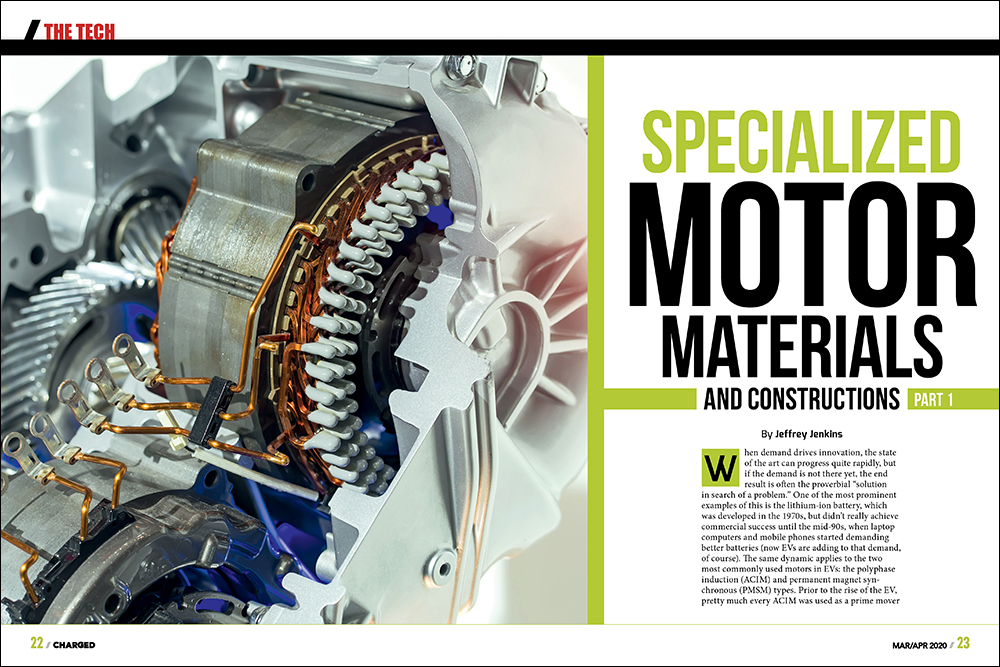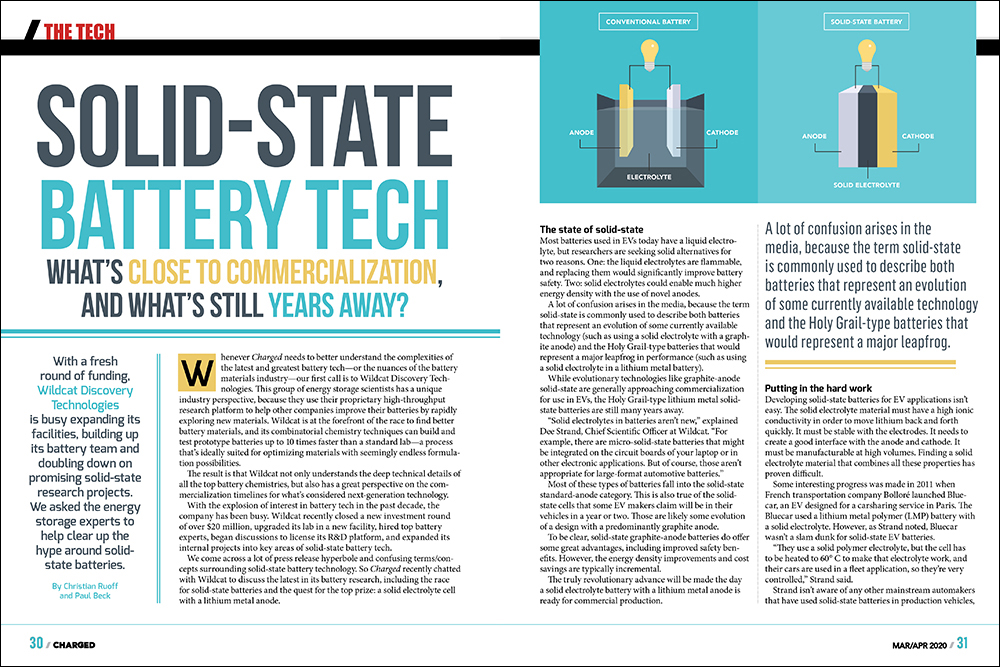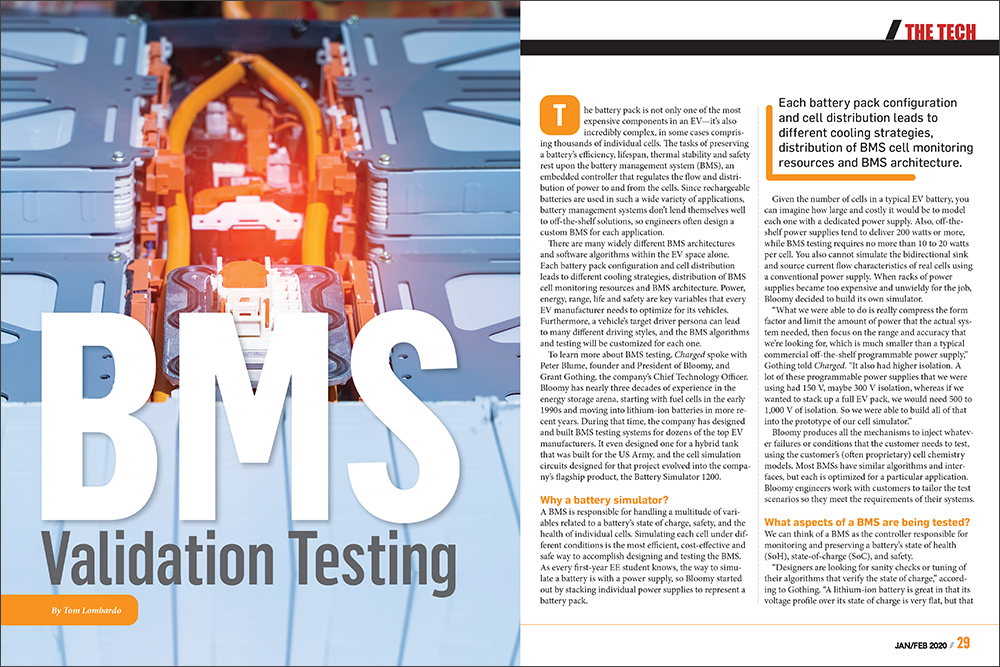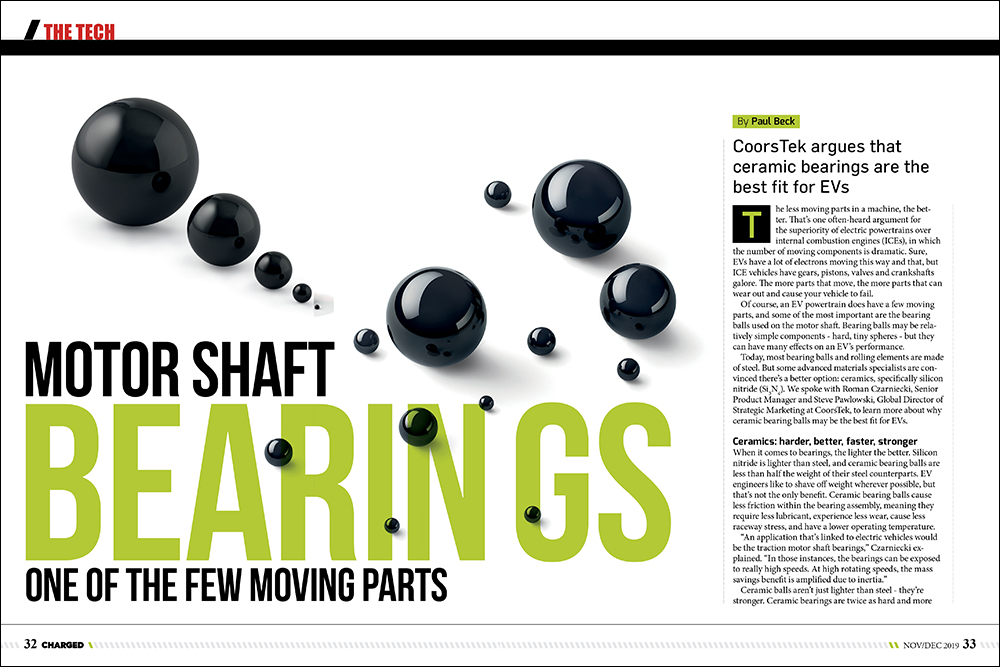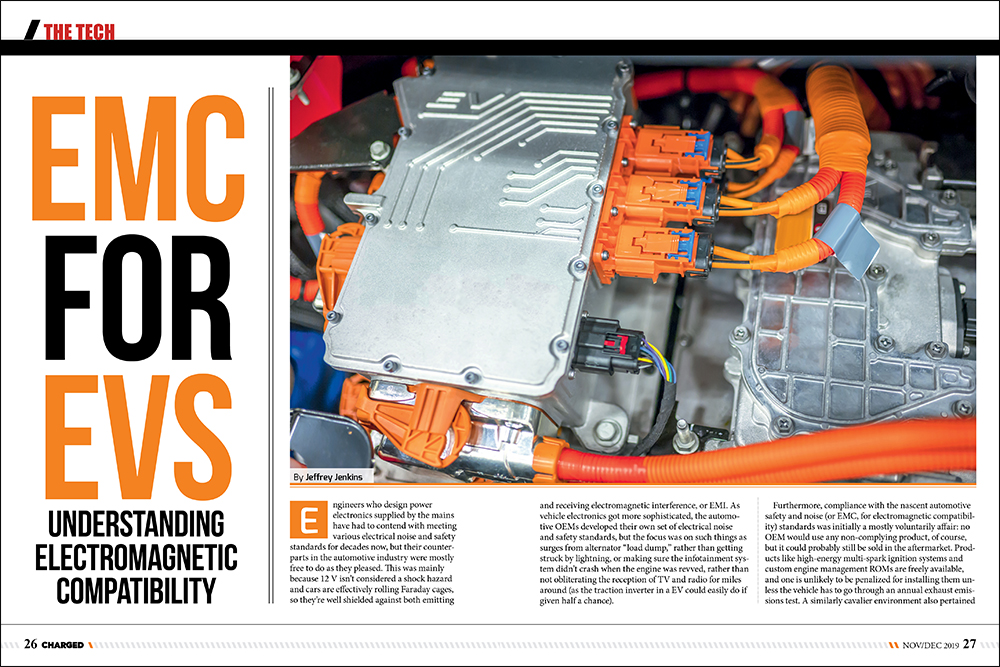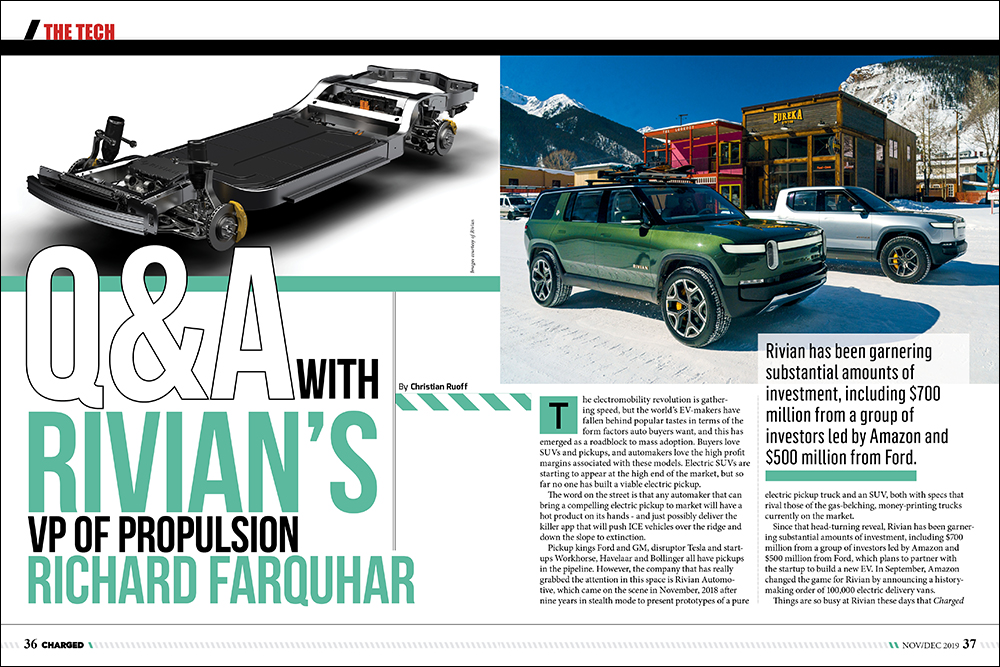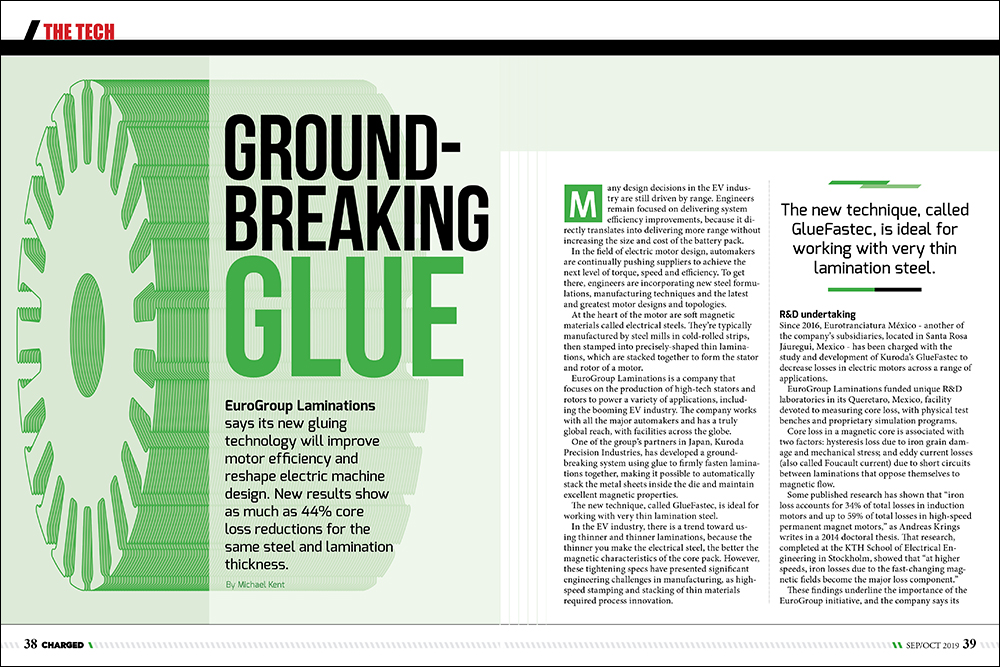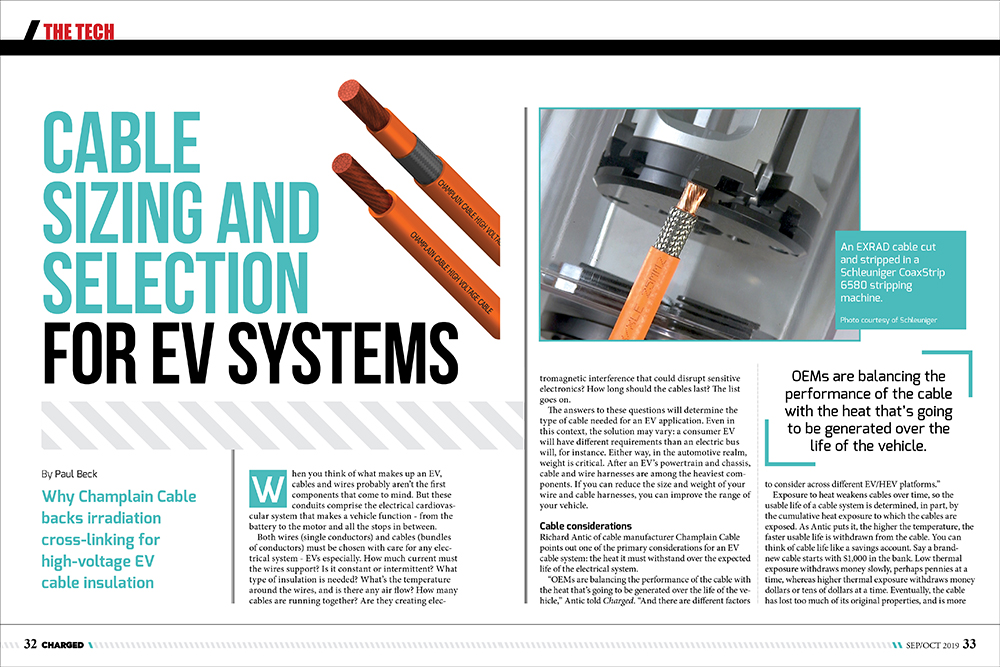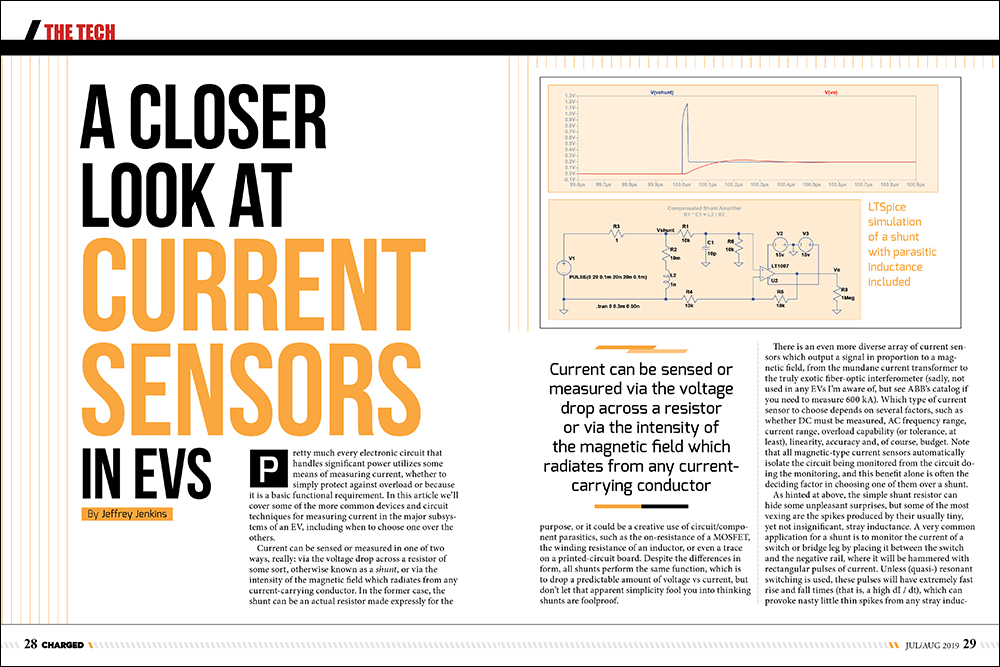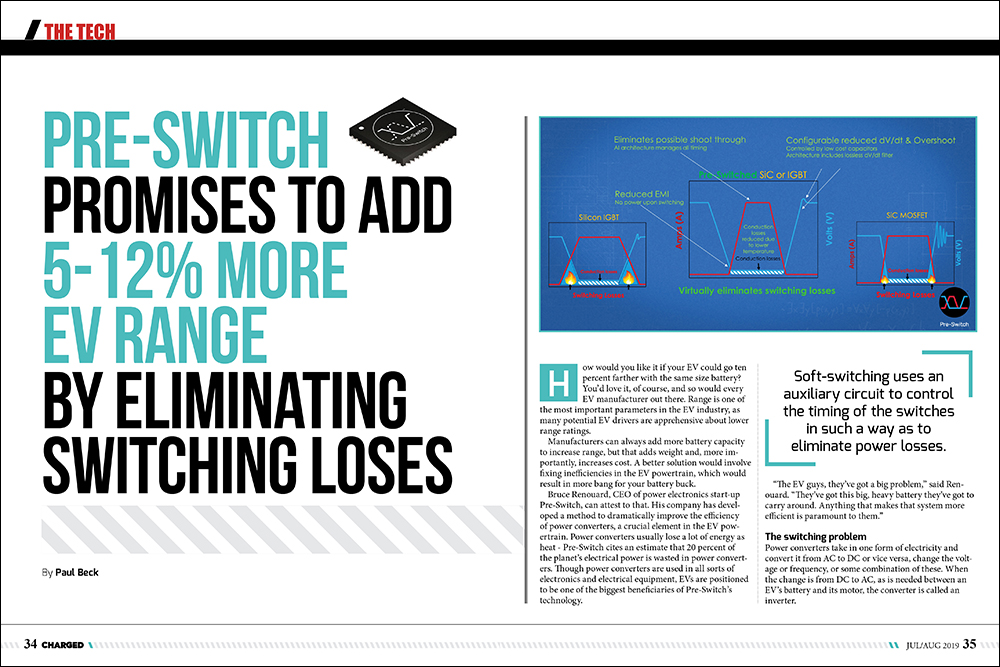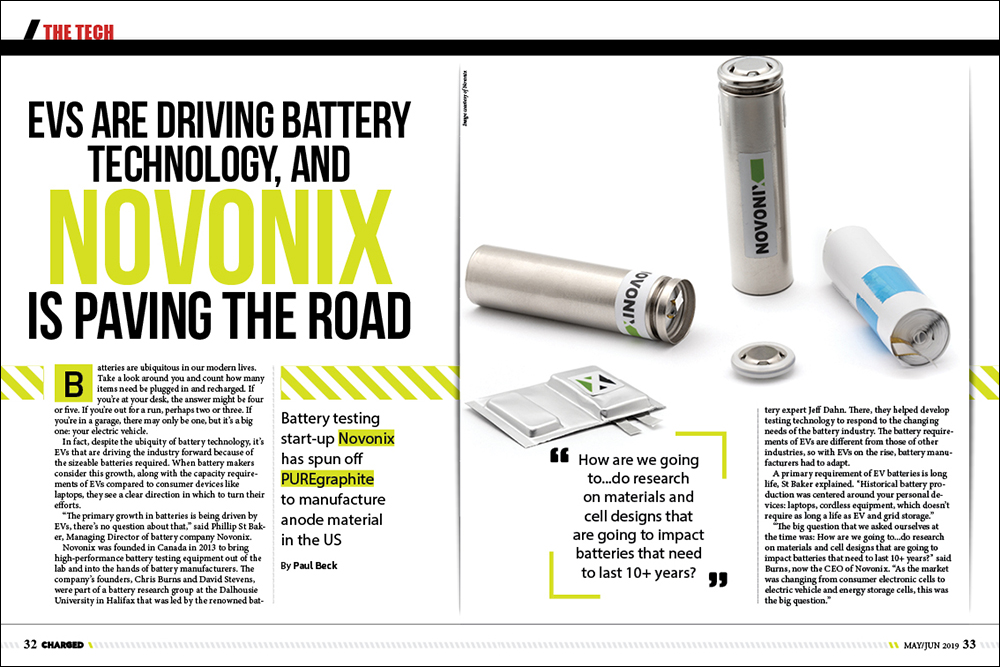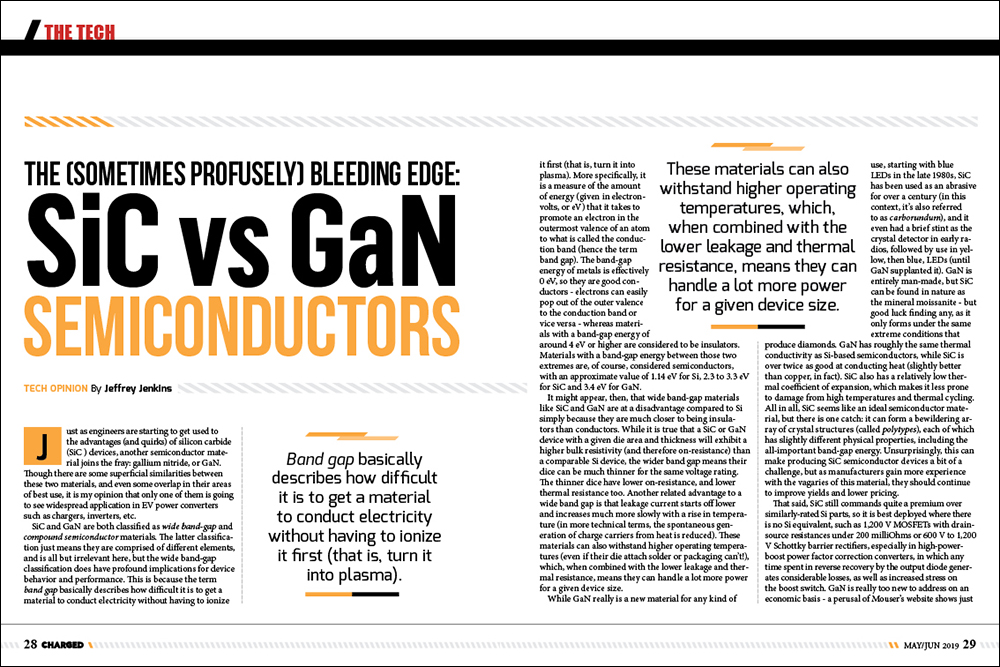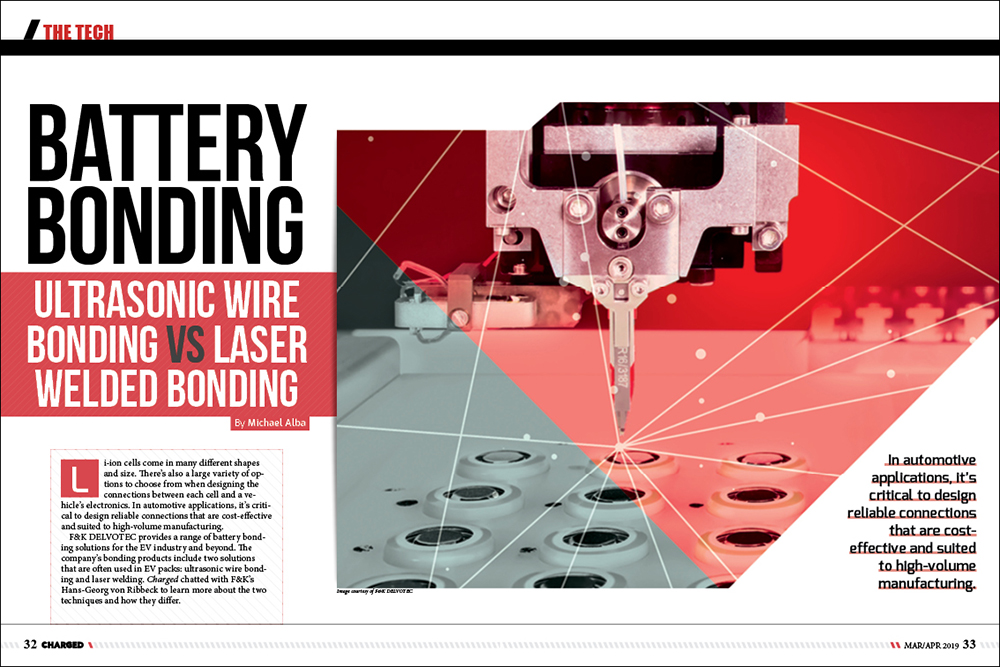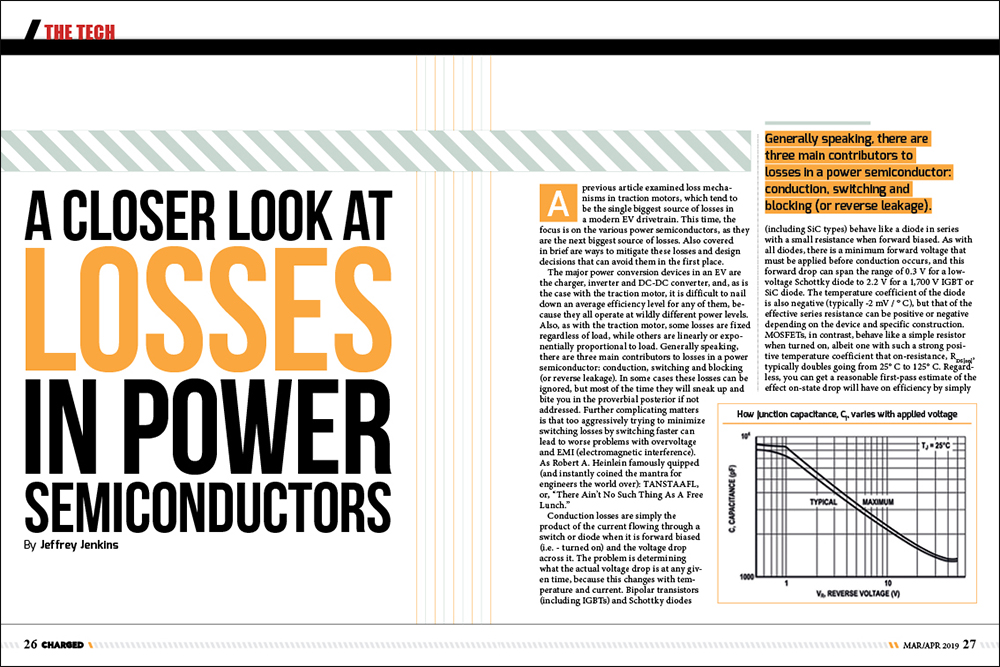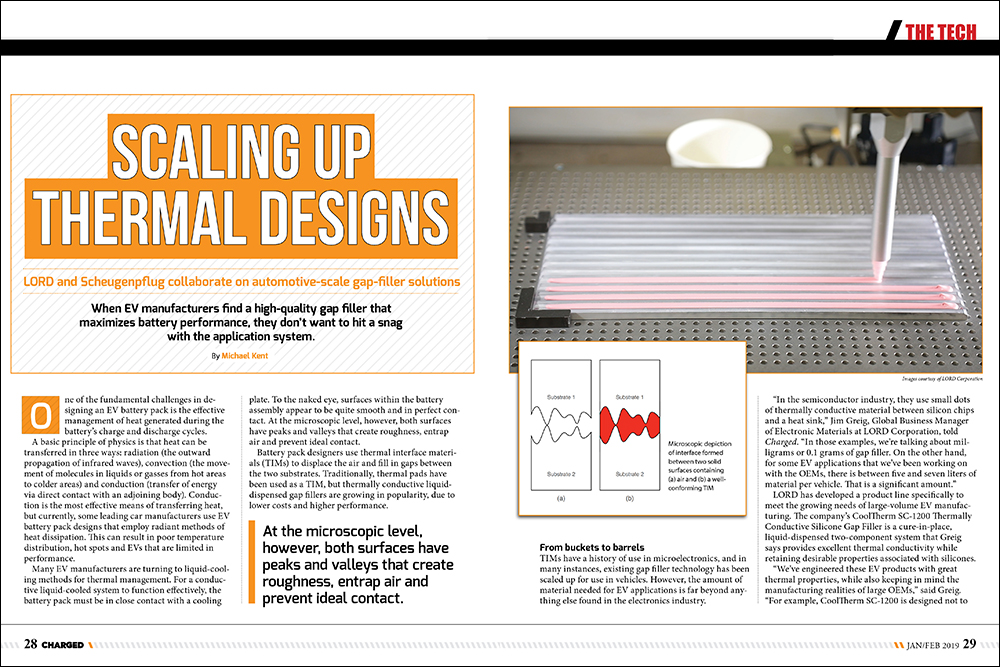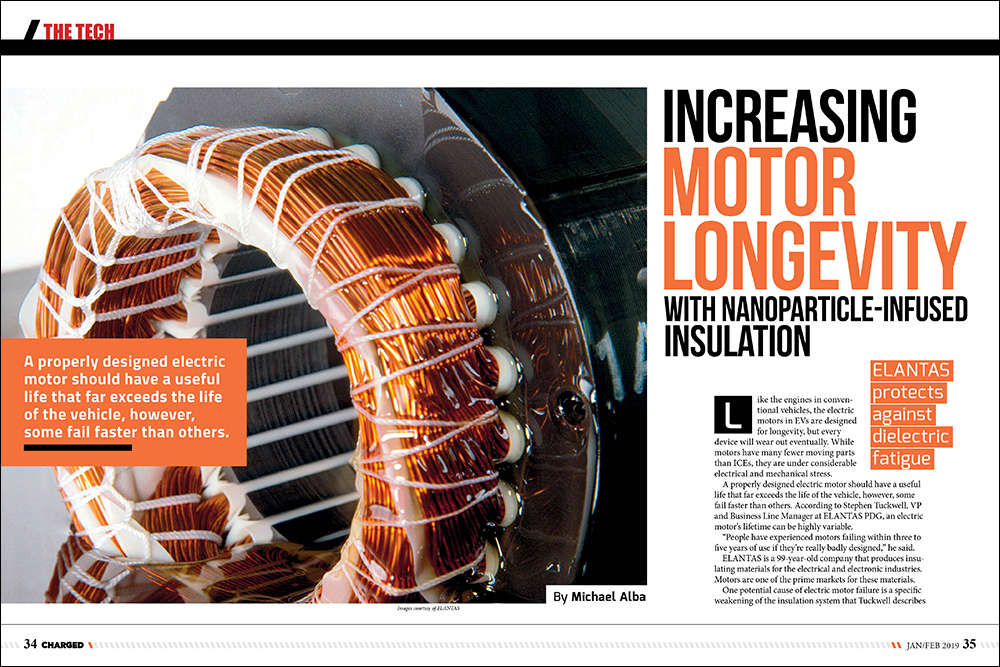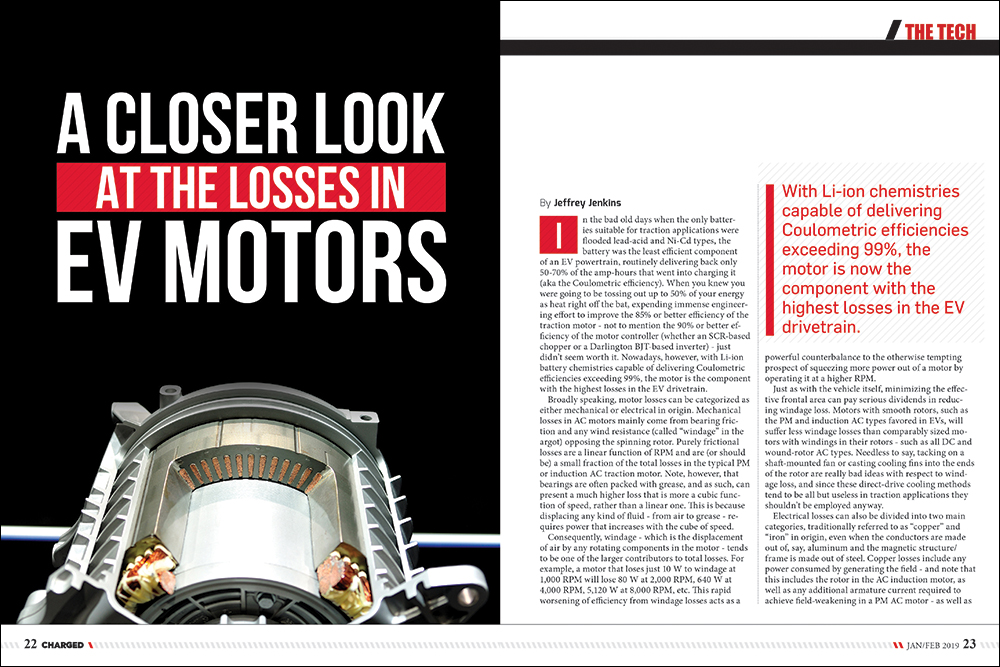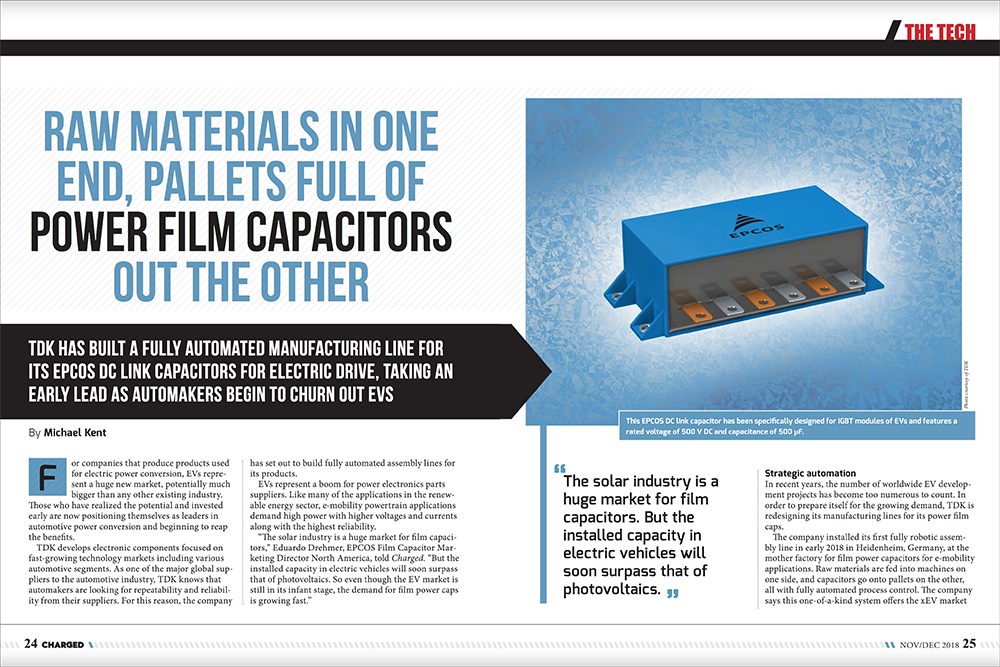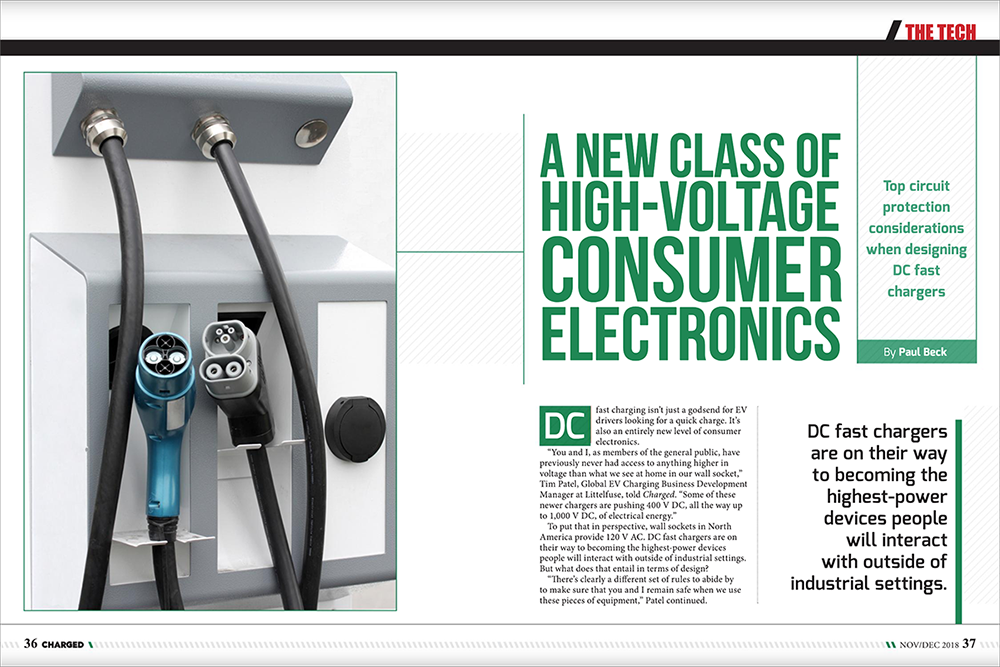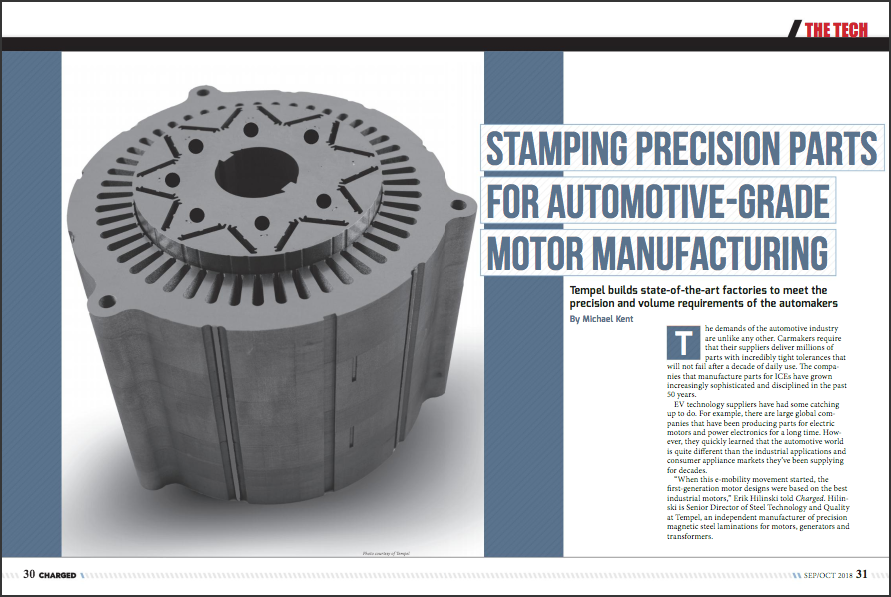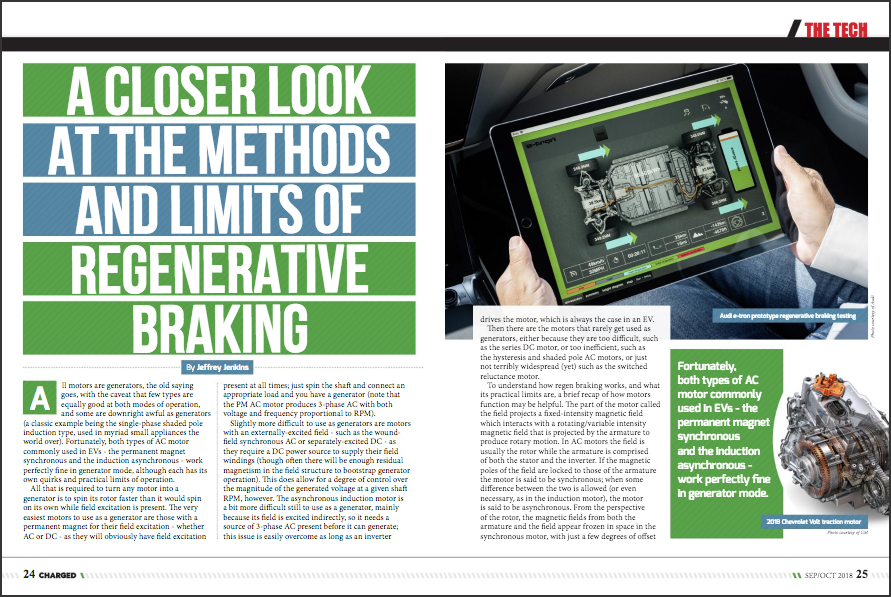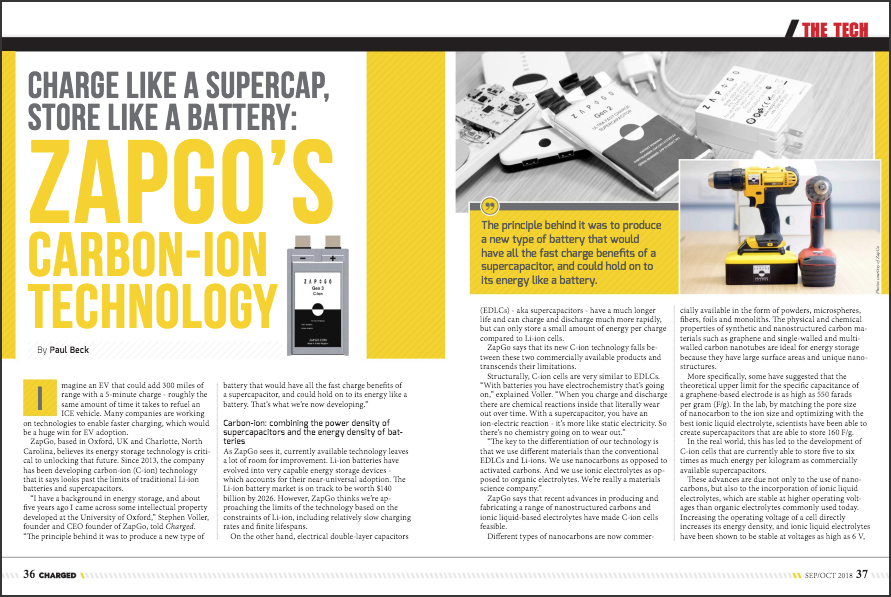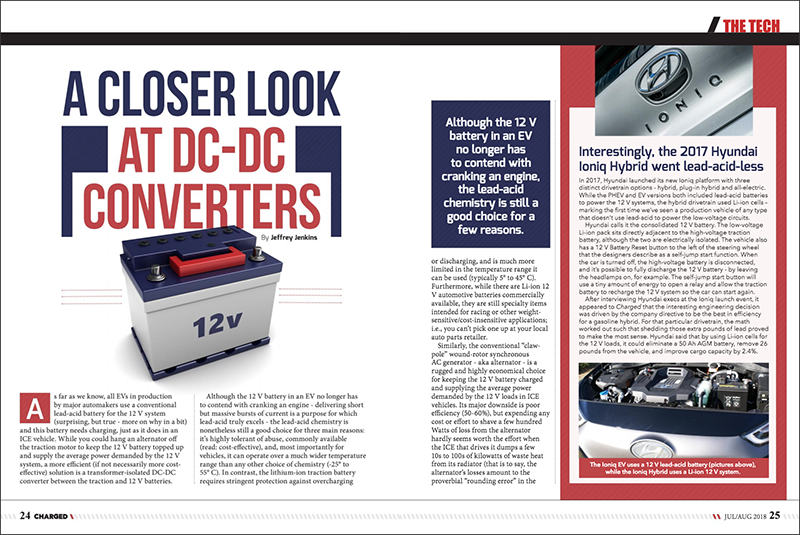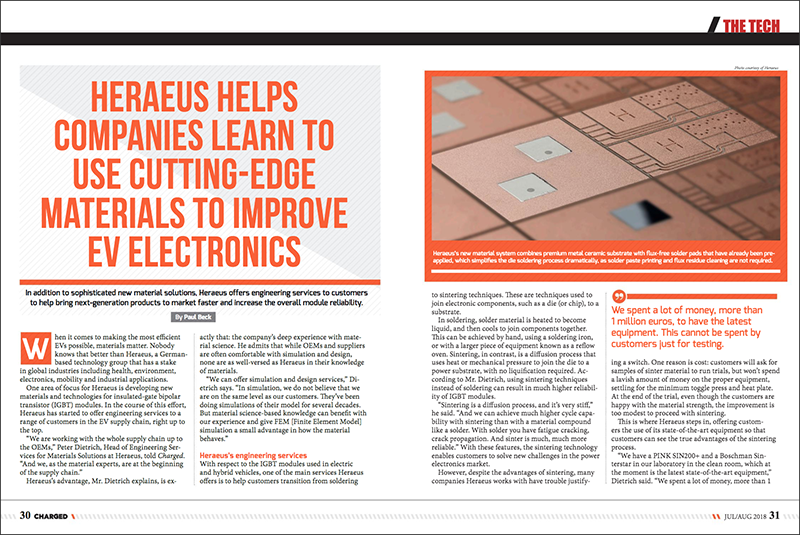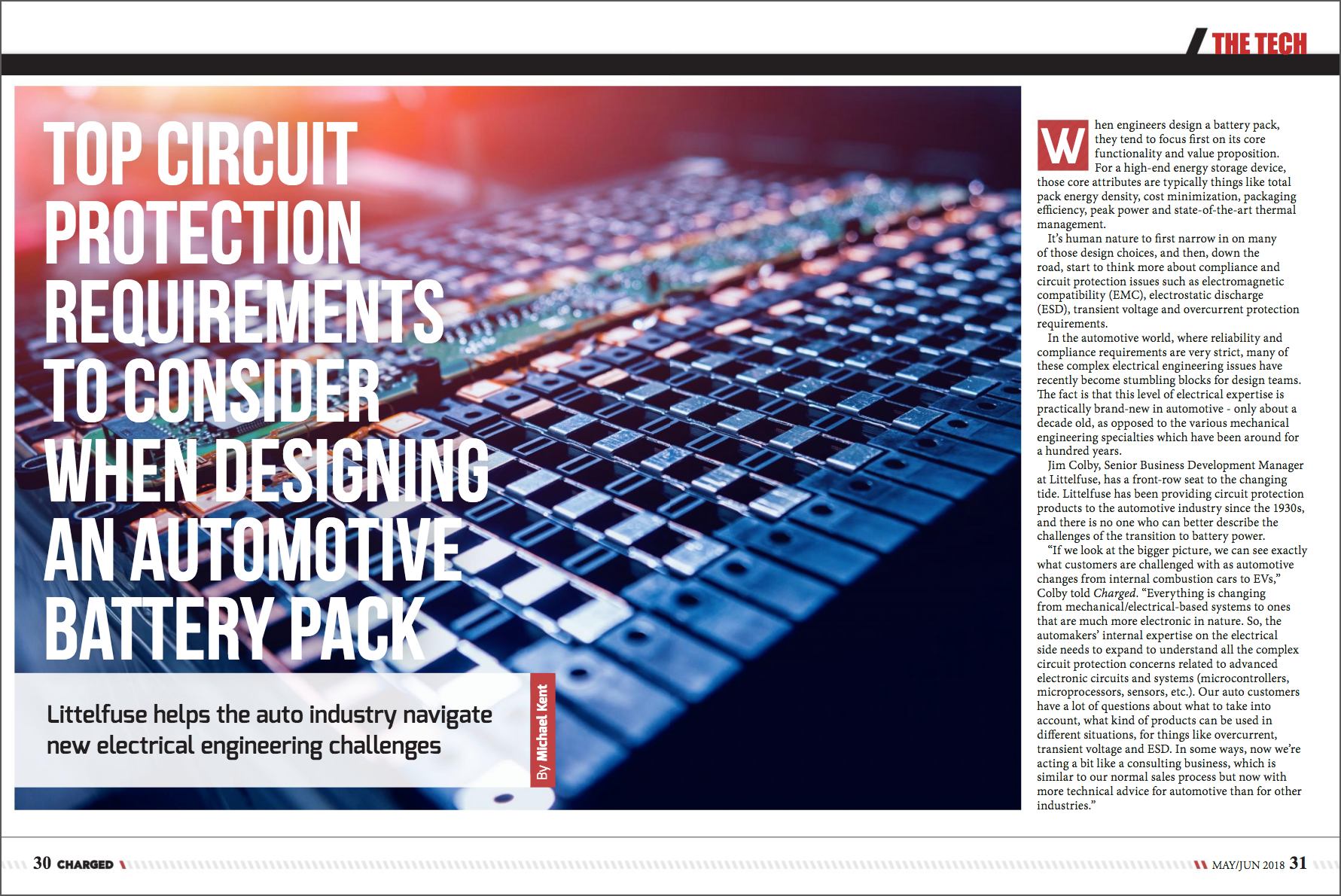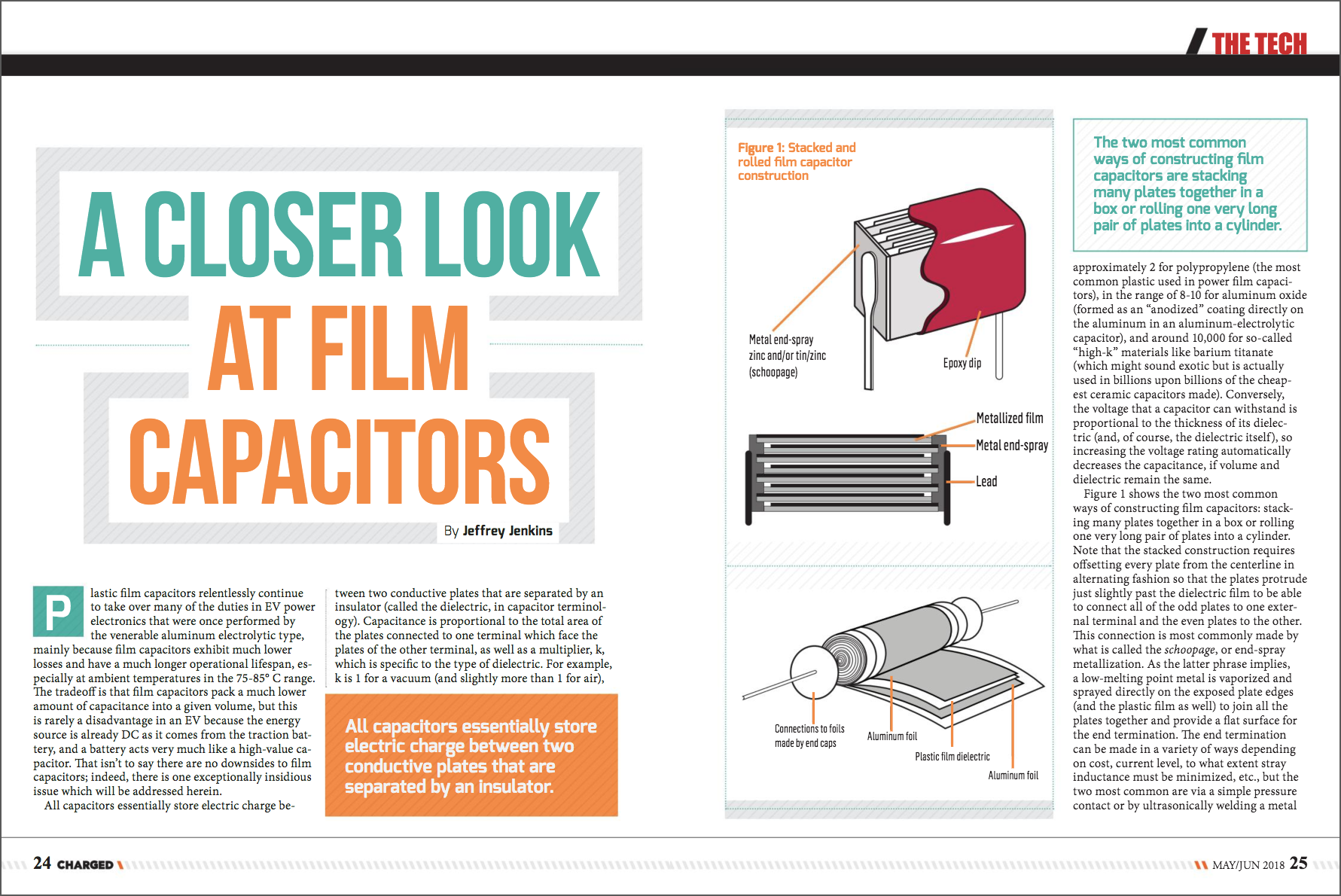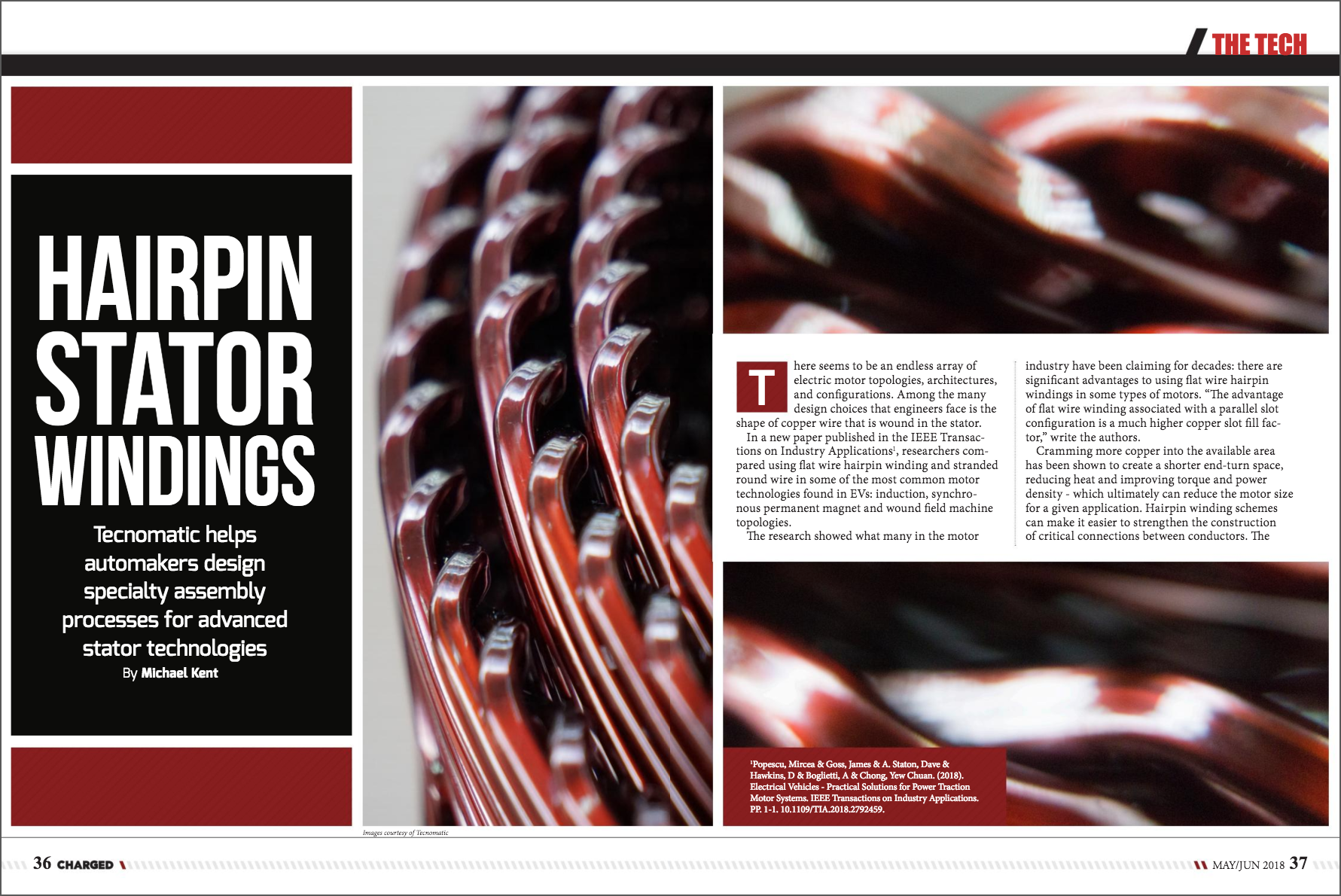MARKET NEWS
MARKET NEWS
When demand drives innovation, the state of the art can progress quite rapidly, but if the demand is not there yet, the end result is often the proverbial “solution in search of a problem.” One of the most prominent examples of this is the lithium-ion battery, which was developed in the 1970s, but didn’t really achieve commercial success until the mid-90s...
With a fresh round of funding, Wildcat Discovery Technologies is busy expanding its facilities, building up its battery team and doubling down on promising solid-state research projects. We asked the energy storage experts to help clear up the hype around solid-state batteries.
One of the most critical decisions to be made at the earliest stage of designing a new power converter concerns the packages used for the semiconductors, as pretty much every other aspect of the design hinges on their physical form. This is especially true for the main power converters used in EVs—on-board chargers, DC/DC converters and inverters—as there are tight constraints on the size (and cost, of course) allotted to each.
Introducing silicon into automotive-grade lithium-ion cells has been a major topic in the EV industry in the past decade. Silicon is widely considered to be the next big thing in anode technology, because it has a theoretical charge capacity ten times higher than that of typical graphite anodes. Many experts see a race among battery makers to get more and more silicon into their anodes.
The battery pack is not only one of the most expensive components in an EV—it’s also incredibly complex, in some cases comprising thousands of individual cells. The tasks of preserving a battery’s efficiency, lifespan, thermal stability and safety rest upon the battery management system (BMS), an embedded controller that regulates the flow and distribution of power to and from the cells
The less moving parts in a machine, the better. That’s one often-heard argument for the superiority of electric powertrains over internal combustion engines (ICEs), in which the number of moving components is dramatic. Sure, EVs have a lot of electrons moving this way and that, but ICE vehicles have gears, pistons, valves and crankshafts galore. The more parts that move, the more parts that can wear out and cause your vehicle to fail.
Engineers who design power electronics supplied by the mains have had to contend with meeting various electrical noise and safety standards for decades now, but their counterparts in the automotive industry were mostly free to do as they pleased....
The electromobility revolution is gathering speed, but the world’s EV-makers have fallen behind popular tastes in terms of the form factors auto buyers want, and this has emerged as a roadblock to mass adoption. Buyers love SUVs and pickups, and automakers love the high profit margins associated with these models. Electric SUVs are starting to appear at the high end of the market, but so far no one has built a viable electric pickup.
Many design decisions in the EV industry are still driven by range. Engineers remain focused on delivering system efficiency improvements, because it directly translates into delivering more range without increasing the size and cost of the battery pack.
In just the last few years there have been some major improvements in printed circuit board technology that are especially relevant to power electronics....
When you think of what makes up an EV, cables and wires probably aren’t the first components that come to mind. But these conduits comprise the electrical cardiovascular system that makes a vehicle function – from the battery to the motor and all the stops in between.
How would you like it if your EV could go ten percent farther with the same size battery? You’d love it, of course, and so would every EV manufacturer out there. Range is one of the most important parameters in the EV industry, as many potential EV drivers are apprehensive about lower range ratings.
Batteries are ubiquitous in our modern lives. Take a look around you and count how many items need be plugged in and recharged. If you’re at your desk, the answer might be four or five. If you’re out for a run, perhaps two or three. If you’re in a garage, there may only be one, but it’s a big one: your electric vehicle.
Just as engineers are starting to get used to the advantages (and quirks) of silicon carbide (SiC ) devices, another semiconductor material joins the fray: gallium nitride, or GaN. Though there are some superficial similarities between these two materials, and even some overlap in their areas of best use, it is my opinion that only one of them is going to see widespread application in EV power converters such as chargers, inverters, etc.
Li-ion cells come in many different shapes and size. There’s also a large variety of options to choose from when designing the connections between each cell and a vehicle’s electronics. In automotive applications, it’s critical to design reliable connections that are cost-effective and suited to high-volume manufacturing.
A previous article examined loss mechanisms in traction motors, which tend to be the single biggest source of losses in a modern EV drivetrain. This time, the focus is on the various power semiconductors, as they are the next biggest source of losses. Also covered in brief are ways to mitigate these losses and design decisions that can avoid them in the first place.
When EV manufacturers find a high-quality gap filler that maximizes battery performance, they don’t want to hit a snag with the application system.
Like the engines in conventional vehicles, the electric motors in EVs are designed for longevity, but every device will wear out eventually. While motors have many fewer moving parts than ICEs, they are under considerable electrical and mechanical stress.
A properly designed electric motor should have a useful life that far exceeds the life of the vehicle, however, some fail faster than others. According to Stephen Tuckwell, VP and Business Line Manager at ELANTAS PDG, an electric motor’s lifetime can be highly variable.
In the bad old days when the only batteries suitable for traction applications were flooded lead-acid and Ni-Cd types, the battery was the least efficient component of an EV powertrain, routinely delivering back only 50-70% of the amp-hours that went into charging it (aka the Coulometric efficiency).
Raw materials in one end, pallets full of power film capacitors out the other
DC fast charging isn’t just a godsend for EV drivers looking for a quick charge. It’s also an entirely new level of consumer electronics.
All electronic devices eventually die, and the failure can be quite spectacular if suitable foresight and care was not employed during the design and construction phases, especially if the device handles high power or is supplied by a large battery.
The demands of the automotive industry are unlike any other. Carmakers require that their suppliers deliver millions of parts with incredibly tight tolerances that will not fail after a decade of daily use. The companies that manufacture parts for ICEs have grown increasingly sophisticated and disciplined in the past 50 years.
All motors are generators, the old saying goes, with the caveat that few types are equally good at both modes of operation, and some are downright awful as generators (a classic example being the single-phase shaded pole induction type, used in myriad small appliances the world over).
Imagine an EV that could add 300 miles of range with a 5-minute charge – roughly the same amount of time it takes to refuel an ICE vehicle. Many companies are working on technologies to enable faster charging, which would be a huge win for EV adoption.
As far as we know, all EVs in production by major automakers use a conventional lead-acid battery for the 12 V system (surprising, but true – more on why in a bit) and this battery needs charging, just as it does in an ICE vehicle. While you could hang an alternator off the traction motor to keep the 12 V battery topped up and supply the average power demanded by the 12 V system, a more efficient (if not necessarily more cost-effective) solution is a transformer-isolated DC-DC converter between the traction and 12 V batteries.
In addition to sophisticated new material solutions, Heraeus offers engineering services to customers to help bring next-generation products to market faster and increase the overall module reliability.
When engineers design a battery pack, they tend to focus first on its core functionality and value proposition. For a high-end energy storage device, those core attributes are typically things like total pack energy density, cost minimization, packaging efficiency, peak power and state-of-the-art thermal management.
Plastic film capacitors relentlessly continue to take over many of the duties in EV power electronics that were once performed by the venerable aluminum electrolytic type, mainly because film capacitors exhibit much lower losses and have a much longer operational lifespan, especially at ambient temperatures in the 75-85° C range.
There seems to be an endless array of electric motor topologies, architectures, and configurations. Among the many design choices that engineers face is the shape of copper wire that is wound in the stator.

